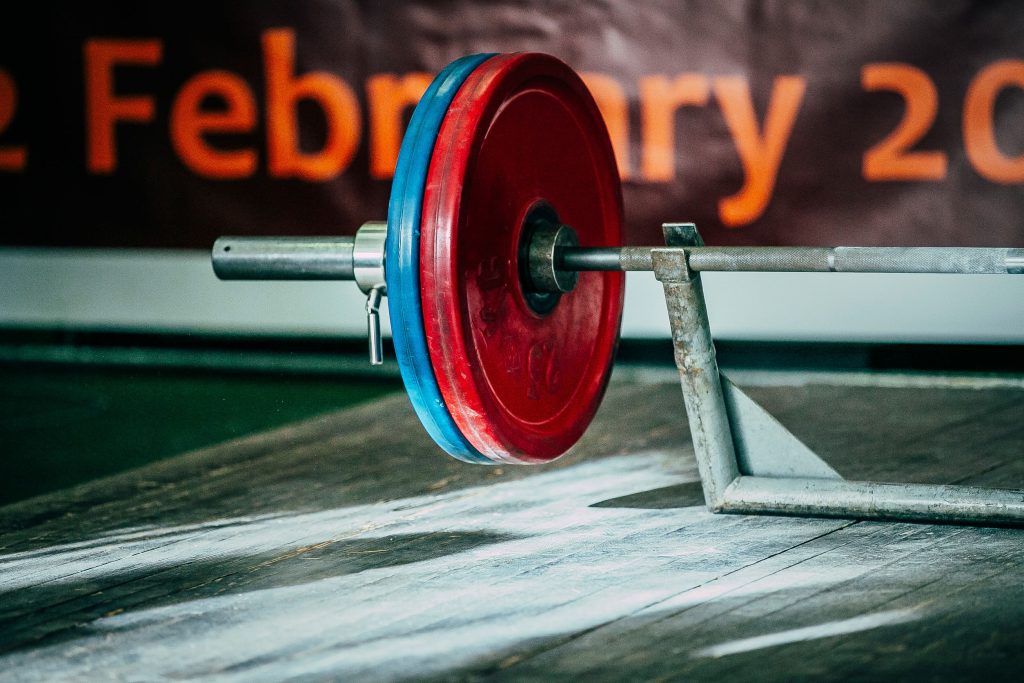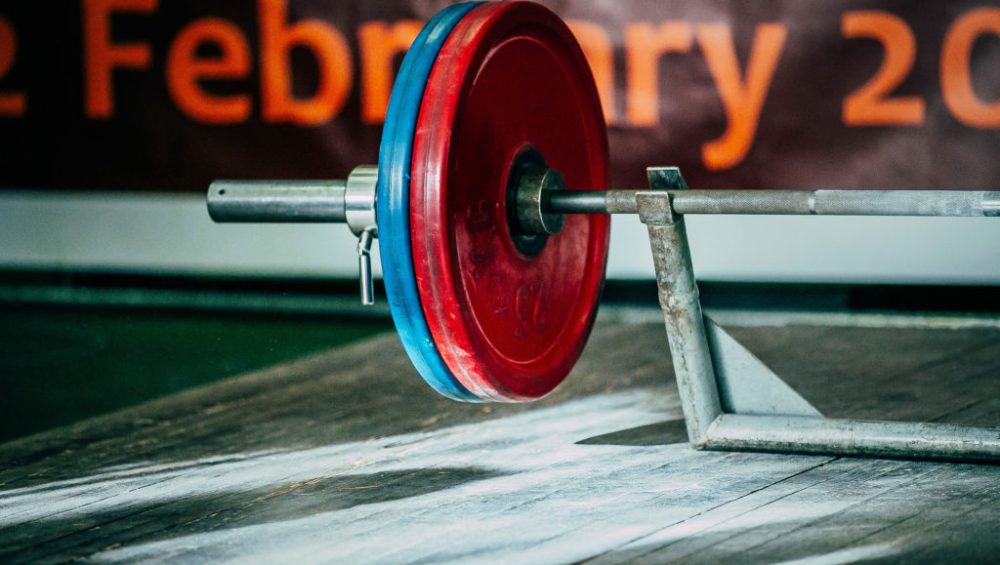As you can imagine I get a lot of emails on a daily basis. I get emails from friends, colleagues, clients, Nigerian Princes wanting to give me all their money, and I also get a fair number of emails from people I don’t know asking me any number of health and fitness questions.
Below is a question I received the other day which I had never received before and something I felt I could elucidate on here in more detail (while at the same time helping others who may have the same question).
Q: Can people squat and deadlift because they have strong backs, or do they have strong backs because they squat and deadlift?
After squatting and deadlifting for the first time in 8 years, I found that my back (lower and thoracic) is by far the weakest it has ever been – it holds my numbers back substantially and if I push just a little too hard, my back feels like its about to go.
Not only that but my back stays incredibly tight the following days.
Prior to this hiatus, I was almost bullet-proof and could do nearly everything without pain. I’ve since had chronic tightness in literally every muscle, but switching to unilateral lower body movements resulted in a dramatic training difference with no after pain or tightness.
I may have my biases, but is this why I see so little older individuals continuing to squat and deadlift the numbers they used to? Or to reiterate, do those rare older individuals who squat and deadlift heavy already have strong lower backs to begin with, or did they build up this strength by squatting and deadlifting heavy?
Lastly, is unilateral lower body movements substitutes for squats when long-term joint health is concerned? Thanks!
Spencer
A: Thanks for the question, Spencer. There are a few angles I’d like to take to answer this.
1. I kinda-sorta hit on the topic earlier this year when I wrote THIS blog post on Programming Strategies for the Old(ish) Meathead.
I’m 37 now, and while I don’t consider myself old by any stretch of the imagination – although Lisa and I love early bird dinners before 5:30 PM on the weekends, and I’m usually in bed before 9 PM – I understand that what I used to do in the gym when I was 25, and what my body was able to handle back then, no longer holds weight (<—- HA! Pun totally intended).
This isn’t to say I don’t still get after it, but I’d be lying if I said that I haven’t accumulated a few aches and pains throughout the years and that I haven’t had to “tone down” my training to a small degree.
The article linked to above taps into some of my thought process(es) with regards to programming strategies for guys who don’t feel like Batman or Superman anymore.
2. A believe a little dose of expectation management needs to be addressed here. You mentioned that it’s been eight years since you last squatted or deadlifted with any frequency. Don’t you feel that that plays a bit of a role in the grand scheme of things?
Are the squats and deadlifts themselves to blame for your soreness and tightness? Maybe. Or should we point the finger at the eight year absence from any significant loading?
I remember back in the summer of 2008 I decided to play in an over-30 adult baseball league. I had obviously thrown a baseball here and there up to that point, but I hadn’t played competitive baseball or thrown any significant innings since the summer of 1999 and 2000. An eight year hiatus itself.

Me, circa 1999, my senior year at Mercyhurst University. I had hair back then. The good ol’ days.
On the batshit scale on which WTF “why is my arm killing me?” was measured, what was to blame more: the actual act of throwing a baseball, or the fact I took an eight year break from throwing a baseball?
I went from zero innings pitched over the span of eight years to over 70 innings pitched in one summer.
To be fair (to myself), I did hold my own that summer. I went 8-1 with an ERA under 1.00 and had over 100 Ks in those 70 innings.
Funny story: my best game that summer was the first game after my then girlfriend broke up with me out of nowhere. I showed up to the game and struck out 20 batters in nine innings. Granted, I was probably crying on the mound during the entire game…..but my fastball was un-hittable that day!
I even tossed a no-hitter that summer. I didn’t suck or embarrass myself during the season. But by the end, my arm was hanging on a thread.
The only person to blame was myself because I didn’t do much to properly prepare myself.
It’s analogous to what you’re going through, Spencer, and what I’m sure a lot of people in the same situation are going through.
3. Barring any current injury, the body will adapt to whatever stress you place upon it.
Consider Wolff’s Law and Davis’s Law. You can’t discount physics. The former states that bone in a healthy person or animal will adapt to the loads it is placed under. The latter states the same thing, except with regards to soft tissue.
Deadlifting/squatting = strong bones + soft tissue. You need a minimal essential strain (MES) in order for tissue to adapt. Likewise, in order to strengthen tissue, you need to load it.
Neither of the two just happen. So no, I don’t believe people “just automatically have strong backs,” therefore they can squat and deadlift to their hearts content with little ramification(s).
I do believe heavy training (which I understand is all relative) does take a toll on the spine. However, I also believe that if someone takes the time to learn and hone technique, implement appropriate progressions based off their needs and ability level, and refrain from taking eight year breaks, that they’d best set themselves up for long-term success….;o)
Lastly, as far as unilateral lower body training is concerned and whether or not that’s a more “joint friendly” substitute for squats……..it depends.
There’s no denying that performing unilateral movements will lead to less axial loading on the spine. But we could also make the case that how people squat – even when it’s not with heavy loads – can place more stress on the joints, particularly the spine and knees.
– Are you squatting with an overly rounded back? How about the exact opposite end of the spectrum: are you overarching? Both can be detrimental.
– Are you ensuring upper back stiffness when you set up to squat?
– Are you performing more of a “quad dominant” squat or a “hip dominant” squat? With the latter, you’ll need to sit back with the hips more, push the knees out, and use more of your hips and posterior chain to perform the movement. This can make a profound difference on not only how the squat feels, but performance as well.
It is possible to make squats more knee friendly.
All of this is not to say everyone has to squat and deadlift.
Especially the older we get.
Sometimes it just doesn’t feel good no matter how on-point someone is with their technique and programming. If either of the two movements aren’t a good fit, they’re not a good fit. It’s not the end of the world.
But I do know plenty of people older than myself who are still deadlifting and squatting with abandon and do quite well.
That being said: I feel the above suggestions are an excellent way to audit yourself and to troubleshoot a few things. Hope that helps!






